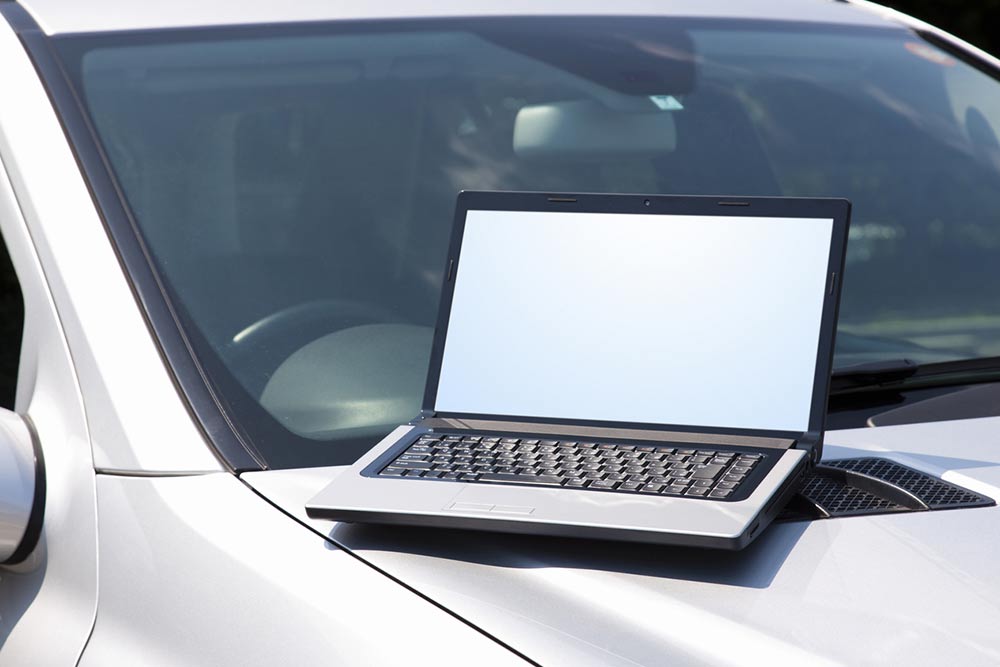7 mistakes to avoid when using a laptop

A laptop is a big investment. Whether one has purchased it for work or personal use, the device should be used carefully. Failing to do so could lead to several issues, such as the system slowing down or the components getting damaged. If that happens, one can not only suffer financial loss but also lose essential data. To prevent that, one must avoid making certain mistakes when using one’s laptops.
Never shutting it down
A common habit that many individuals have when using their laptops is never shutting them down. Thinking they are going to resume their work right from where they left it, a lot of people leave their laptops running with only the screens closed. This could harm the laptop in the long run. Just like sleeping is essential to humans, shutting down the system is essential to laptops and computers. During this shutdown and restart process, a laptop’s system takes care of various things – such as installing updates and fixing minor issues. Plus, shutting down the laptop also saves some power.
A noteworthy point here is that when talking about shutting down the laptop, it is important to shut it down properly. One needs to give the command for shut down/press the icon and wait till the system turns off. Forcibly turning off the laptop by pressing the power button could also do a lot of harm. It could corrupt files and even damage the hard disk. So, it is better to let the system turn off correctly, even when it takes a while.
Not using an antivirus software
Accessing the internet can be unsafe unless specific defensive software is installed. It is filled with viruses, malware, and hackers who are waiting to infiltrate an unprotected system. Once the system is exposed to viruses and malware, it is easy for hackers to damage the system and steal private data. So, to keep the system and the files secure, it is crucial to have antivirus software installed. And once it is installed, it is also important to always keep its firewall on. One must also regularly scan the files that they have on their laptop. These few simple steps will completely ensure that the laptop and all its data are safe.
Placing the laptop on the lap when using
Even though its name says so, a laptop should not be placed on the lap when being used. Laptops should also not be placed on surfaces such as pillows and blankets. This is because these surfaces block all the device vents, which are on its bottom. If these vents get blocked, the processor’s heat will not be able to escape, and the laptop will overheat. Constant overheating will eventually cause damage to the internal components and circuits of the laptop. Placing the device on hard and flat surfaces, like a table, will prevent this from happening. Flat surfaces like that of a table ensure that the vents are not blocked and the built-up heat can escape. One can also use laptop fans or cooling pads to place their laptops on.
Keeping the laptop plugged in
A lot of individuals who use laptops daily for a long time tend to leave their laptops plugged in – meaning, on charging mode. They may feel that by doing so, they are saving the laptop’s battery. However, that is not the case. Keeping the laptop plugged in at all times will, in fact, weaken its battery. Its capacity will reduce, and the laptop will begin discharging more quickly. Plus, when the laptop is kept plugged in, it also poses the risk of overheating.
Continually ignoring software updates
Software update notifications can be quite annoying – especially when one is busy with their work and the system asks for a reboot. In such cases, individuals usually delay the software update. However, the main issue arises when one neglects to approve this update even after their work is completed. Continually ignoring the software updates could lead to system issues. Software updates are meant to fix bugs, improve security, and make the system even smoother and faster. So, if they are never allowed to go through, the system could become slower and vulnerable to cyber-attacks.
Handling the laptop carelessly
Many individuals are often careless when handling their laptops. Placing heavy objects on top of the laptop, lifting them with their screens, etc., are some things that can severely ruin the laptop. It could break the screen, damage the components, or even the internal circuits. One should also handle other things with care when they are around their laptops. Simple mistakes, such as spilling coffee on the system, could completely ruin it. So, despite how sturdy a brand claims that their laptop is, it should always be handled with care.
Not cleaning the laptop
Another mistake that laptop users must avoid is forgetting to clean their devices. Over time, with constant usage, the laptop’s keyboard and ports can gather a lot of dust particles. If these particles are left uncleaned, they could get into the system and cause damage to the circuits and components. They can even lead to overheating, eventually damaging the internal components. So, it is important to regularly wipe the laptop with a dry, soft, lint-free cloth.



